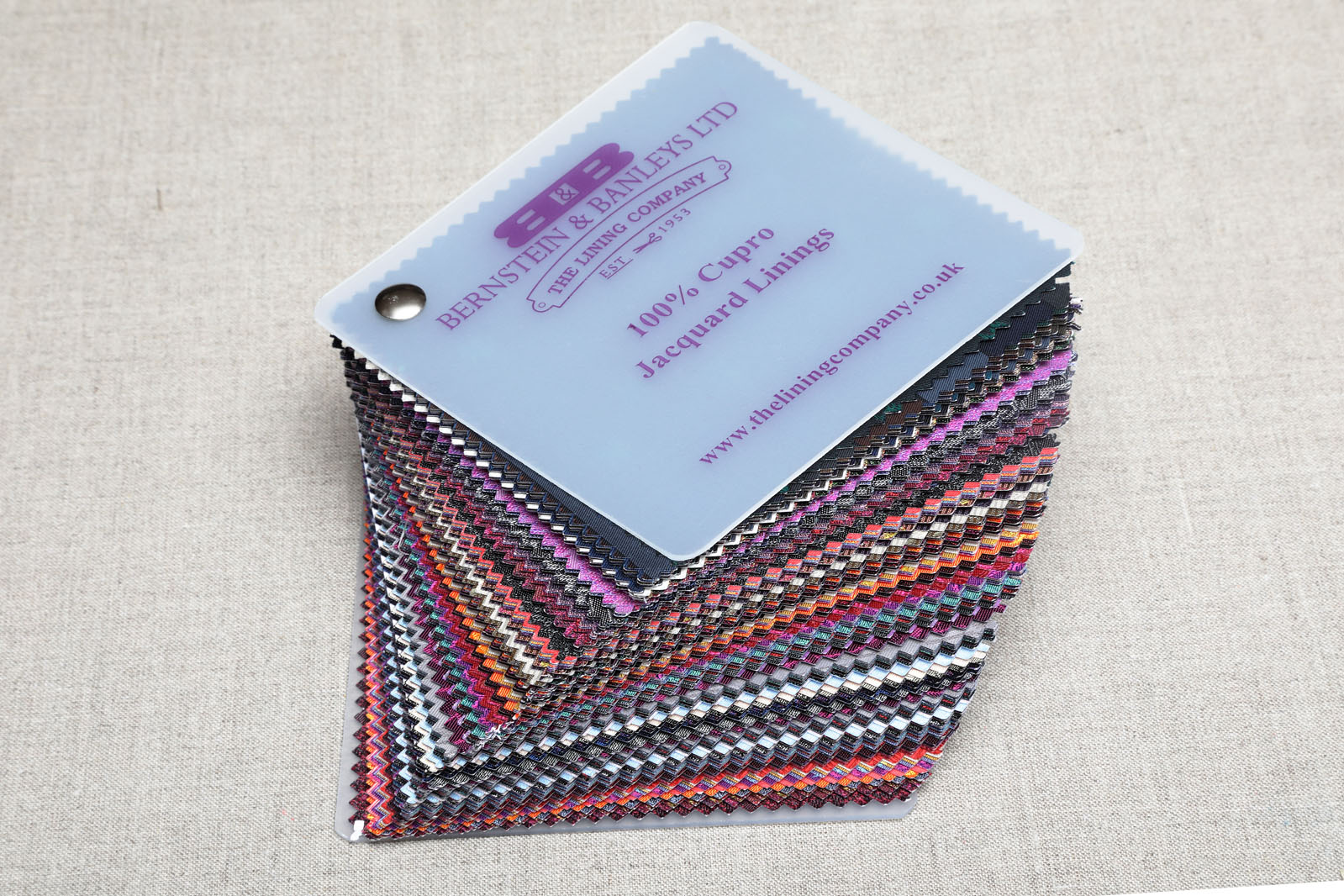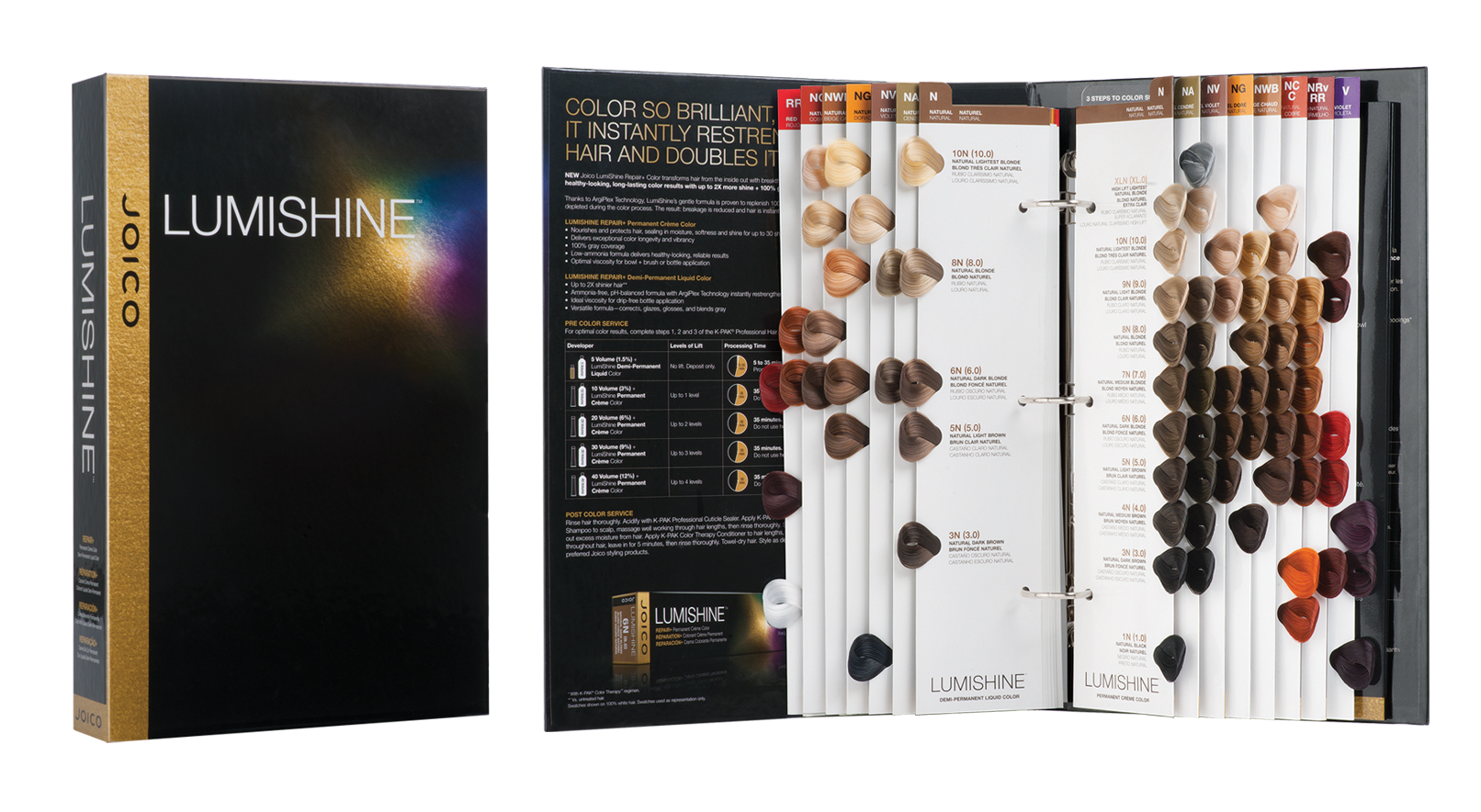
Much like The Complete Guide, The Swatch Book starts out with a bit of info on each type of fiber so that in the case that you don't own the companion book you're not flying blind. All of the fibers, talked about in The Complete Guide are present in The Swatch Book, which is nice as I know a lot of us are really tactile people. The intention is to encourage students and practitioners to make informed textile choices based upon an understanding and basic knowledge of raw materials, together with the processes that make up a fabric."Īs you can see from the table of contents, these two books really are meant to work together as companions and that's definitely something they've done well. The book considers both natural and man-made fibers. Now lets talk about my favorite of the two, The Swatch Book: "This book is an easily navigable swatch resource guide that aims to provide an introduction to a basic understanding of fabrics, and to support study into specific fibers and basic weaves.
#SWATCH BOOK FULL#
I thought this was a really nice touch that carries throughout the book.Īll in all this book is chocked full of good information that I think would be useful in learning about and choosing fabrics, but it really shines when paired with its companion The Swatch Book since that's where you'll actually get to touch the fabrics The Complete Guide is talking about. They have also included many current photos of the fabrics sewn up into garments which helps to illustrate how the final garment would act. For example, with silk they've broken them down into sheer fabrics & fabrics with liquid drape to give you an idea of which fabrics may share similar characteristics.

One of my favorite parts of the book is that the types of fabrics made from each fiber are divided into groups that share specific properties that would be instrumental when choosing fabrics. There are plenty of photos illustration both the fibers before they're made into fabrics as well as the steps they go through during processing. This is a nice touch since it helps with a deeper understanding of each fiber and ultimately a more informed fabric selection.įrom there each fiber is broken down into the many different kinds of fabrics and weaves made from it and explains how each of these is produced and the specific properties they hold. There's also a nice section on color theory and selection which is a fun read.Įach of the fiber type sections in the book start with a history of the fiber, how it's processed, and the general characteristics of that fiber in order to give you a bit of background on the fiber or fabric you're working with before talking about the specific fabrics made from each fiber. The book begins in the first section by explaining some of the processes used to turn fibers into yarn and fabrics, explaining different types of weaves types of weaves, touching on the differences between wovens vs knits, and more.
#SWATCH BOOK MANUAL#
It isn't an exhaustive manual and they tell you that in the opening book, but honestly, it contains all the information I could ever see myself needing outside of an extremely technical context. I'd say the description the authors offer is pretty spot on with what I thought about this book. It is not intended as an exhaustive technical manual, but rather as a tool to inform, inspire, and encourage the creative use of fabrics." It is designed to inform the reader of the endless possibilities that fabrics offer to the design process. Let's start with The Complete Guide: "This book is intended as an easily navigable fabric lexicon that explores the relationship between fashion and textiles and encourages an awareness of fibers and fabrics in a broader fashion context. After thinking over them for a bit, I felt that they could really be useful since so many of us now purchase fabric online and swatching isn't always an option. I was sent these by Laurence King a bit back and was pleasantly surprised by both. It's been a long time since I've done a book review but I wanted to fill you guys in on these two books, Fabric for Fashion: The Complete Guide and its companion Fabric for Fashion: The Swatch Book by Clive Hallett and Amanda Johnston.

We’ll make it the same width like one of the swatches (although they will take up more space) so that we can easily center it. This last division will be our “cover”, the top most layer of the swatch book.įirst, let’s define the style for the containing wrapper.

The last division will not have an icon span but instead an h4 and an h5 element. The Markupįor the markup we’ll have a simple structure with several divisions where each one contains an icon span and a h4: But you’ll of course find them in the files. We will omit vendor prefixes in this tutorial. In this tutorial we will be using an icon font that was created with Fontello. Please note: the result of this tutorial will only work as intended in browsers that support the respective CSS properties.


 0 kommentar(er)
0 kommentar(er)
